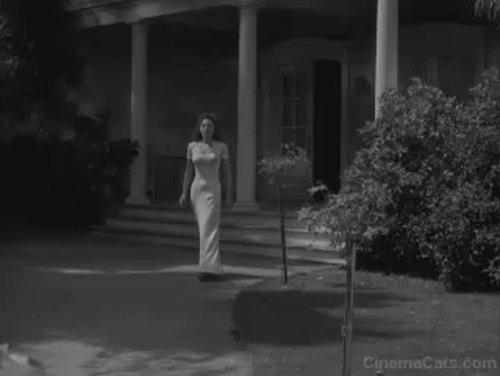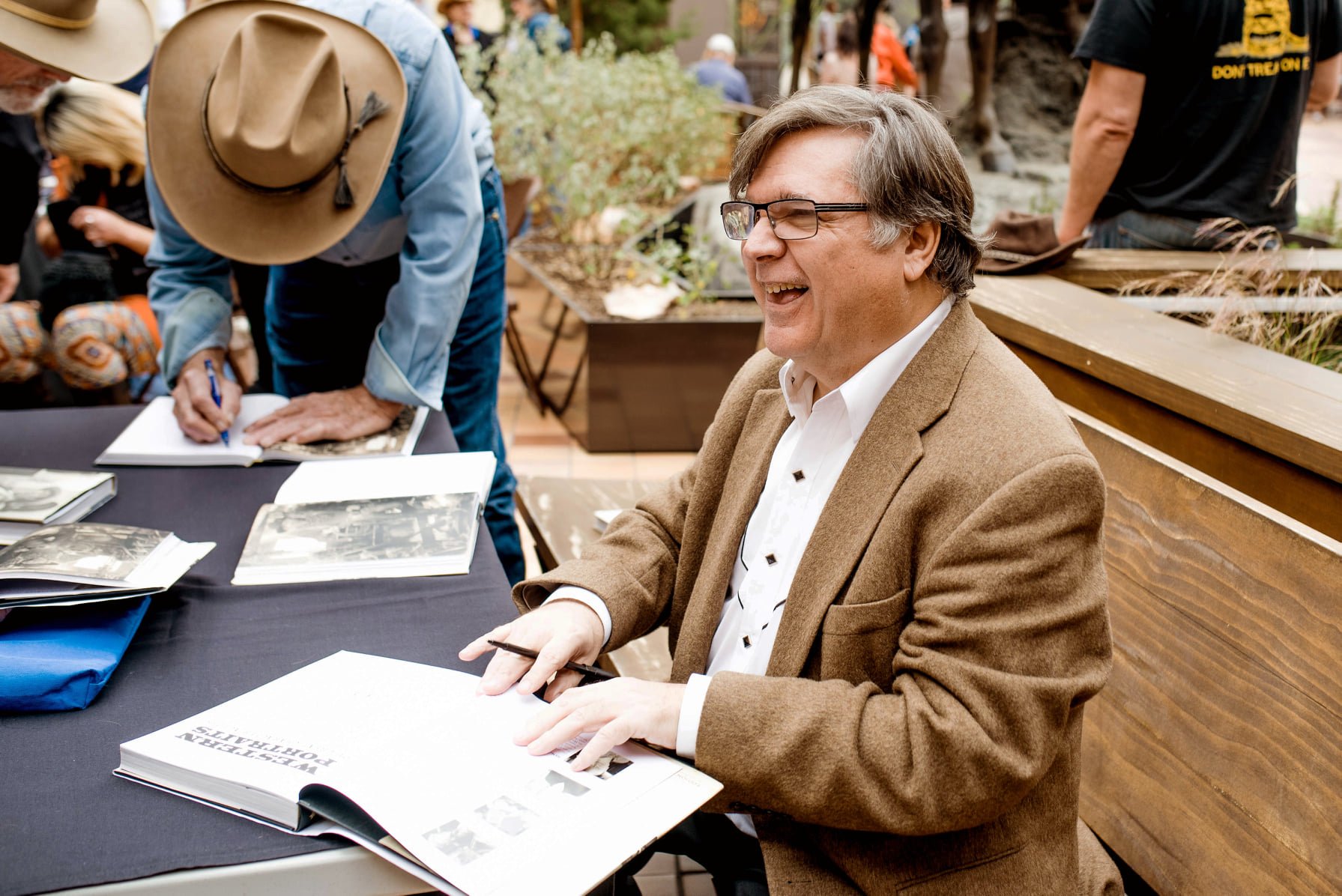Grandmas. School mascots. Roles created for men.
Those were the parts I was destined for in our school plays back home in Baton Rouge, Louisiana. I dreamed of one day portraying the ingénue roles: Kim MacAfee in Bye Bye Birdie instead of Edna the Mayor’s Wife, Cosette in Les Miserables instead of Madame Thénardier, Audrey in Little Shop of Horrors instead of…not being cast at all. But, as a loud-mouthed frizzy haired fat girl, that dream of being cast as the vulnerable yet beautiful, slightly ditzy but completely charming, slender yet not emaciated character was beyond out of reach. The lead roles were always awarded to the cute, petite, skinny girls (because they were written that way).
In the 80’s there weren’t many plus sized women in leading roles who I could look up to until the début of Living Single. I admired (read: was obsessed with) the beautiful and strong women in that show, most especially Kim Coles who portrayed the comedic and quirky Synclaire and Queen Latifah who portrayed Khadijah, the one who always held it together. Their size was never an issue, a thesis, or a thing. They were who they were and there didn’t have to be an explanation that they were series regulars who happened to exceed a dress size 6. But, these characters were incredibly rare to find in other television shows or movies. And these role models were much needed for us young fat girls just trying to believe we were PHAT (pretty hot and tempting). In my humble opinion over 30 years later, these types of characters are still few and far between- and, that needs to be fixed. I’m looking at you Disney - where’s our first chubby heroine?
I believe that Hollywood is a mirror of society while, at the same time, society is also a mirror of Hollywood.
So, essentially it’s a double-edged sword (mind you, that sword should be a prop sword). Hollywood seems to almost FEAR casting larger people as leads. For so long, big has been seen as messy, repulsive and too much. My momma’s best friend has an expression that she loves to say: “Too much for Hollywood” (which basically means “extra”). So, dare I say bigger actors are almost too much for Hollywood? Until needed for some “brave” directorial choice, plus size performers are always written and cast as the supporting roles such as the sassy best friends (if we are lucky), the double fisting donut eating meter maids or the disgruntled moms at Walmart, to name a few. Growing up and when I was at my heaviest, I was always told (usually by a fellow actress who happened to be thin, blonde and perfect in Hollywood’s eyes), “But, Brooke, those roles are the most fun. They’re the comic relief. They’re meaty and juicy. I’d kill to play a part like that!” Meanwhile, I would have killed (with a prop sword, naturally) to portray Juliet.
Fresh out of theatre school, for some reason (either I was delusional or stubborn or more so hopeful and forward thinking), at 250 pounds and a size 24, I still held onto my dream of portraying the lead (without it being some sort of “bold directorial choice”). Had I heeded the advice from a theatre professor to “realize I was a bigger girl and just own it”, I probably would have gotten ahead quicker right out the gate. I knew my type but, like most bright eyed and bushy tailed students fresh out of theatre school, I didn’t want to portray a stereotype (even if portraying a stereotype was the only was I was going to work). I didn’t want to settle for the roles of the chubby friend who gorged on hot dogs or be the brunt of the jokes. If any joke was going to be made about me, I wanted to be the one in the driver’s seat.
So, I got into stand up comedy and improvisation. And then I realized if I wanted to make money in this business to support my new dream of comedy, I might have to just suck it up and audition for roles that I just didn’t want to portray, roles that ate at my sugar free, gluten free soul. It wasn’t because I was judging my characters.
I was sick and tired of Hollywood (mainly straight men and their fantasies of a perfect female body) deciding who or what I was.
I can keep blaming it on “Hollywood” all I want but if Hollywood is a mirror of society (and vice versa) then I should really call out the fat phobia shared by humankind as a whole (in the Western world, at least), including the doctors themselves. See, I found out in college that my hormonal issues (delayed periods, facial hair growth and inability to lose weight among many other un-cute, totally non-ingénue-like symptoms) were due to a condition called Polycystic Ovary Syndrome (AKA PCOS). You can hear all about it on my podcast Who’s Dat Phat Girl www.brookehoover.com/podcast (thanks, Greg, for allowing the shameless plug).
Photo Credit: John Bohnel
Because I’m vain and I work in an industry all about aesthetics, I wanted to do anything to lose the weight and the facial hair and get healthy in order to have enough stamina to keep up with a very demanding profession. Prescription drugs, stressing over having PCOS, and bouncing from one judgmental medical professional to the next only exacerbated my symptoms.
So, I decided to go at it naturally with a very strict high-fiber, low-carb lifestyle change and exercise regime. I started losing weight and I was so proud of myself. I told my agents. I sent postcards to casting directors. And…I was still called in for the bigger girl roles because though I was losing weight, I wasn’t skinny enough. How could the “Dad Bod” be considered hot but if a woman didn’t have curves in all the right places she would be pigeonholed as Overeater Anonymous Member #5?
Okay, okay, okay. I get it. You may be saying, “Cry me a River Phoenix, Brooke, you chose to work in a visual industry.” I know I am the one who chose this business. I chose to be judged on a daily basis. But, I started getting more than sick of it when I was doing “everything right” to lose weight and I was still only getting called in for roles that had to do with my size. Words like “hefty”, “zaftig” and/or “plump” were always in the casting notices. I had honest conversations with my agents about it to which they replied, “But Brooke, that’s just the way the business is.” To which I replied (read: BEGGED), “Then why can’t you just submit me as a lawyer or therapist instead of chunky lawyer or therapist who can’t stop eating Krispy Kremes?!? I’ve lost 30 pounds since I’ve been working with you!” To which they always responded, “Congrats on the weight loss, Brooke,” which really meant, “My hands are tied. I don’t write the rules, I just take 10 percent.”
I questioned my sanity and how I would not let these roles define me or mess with my self-esteem while I continued on my health quest. I focused more and more on healing and less on being a star. I wanted to fuel my comedy and my own creations.
So, this plus size girl got into sex work. I know what you’re thinking. But, it’s not quite what it sounds like. I started doing background or extra work and most of the roles I was called in for were hookers. And I LOVED it because I said to myself, “Hey at least SOMEONE thinks I’m sexy!” A certain show that took place down the shore during Prohibition became my bread and butter and the outlet for me to meet many lifelong friends for nearly three seasons. It was kind of just what I needed to make me stop feeling fat in this industry and start feeling PHAT (pretty hot and tempting). It allowed for health insurance, stability, and a way to fuel my own projects. More importantly, it completely took me out of my comfort zone. I realized I had to work with the cards I was dealt (the brothel was called “The Four Deuces” so that’s a pun for the fans out there).
It wasn’t until I had a more substantial weight loss (100 pounds to this date) and got a new agent that I started getting submitted for “regular” roles that didn’t have any fat qualifiers accompanying them. It honestly felt like a weight (literal and figurative) was lifted off my chest to read the character description and just see “mom” instead of “overweight mom.”
I have been around enough now to know that I’ll never be a size 2 (I’m a size 10 and at a healthy, maintained weight - the actual number on the scale is none of your business, Hollywood) and I’m okay with that. I’m also finally getting okay with the fact that, even with the weight loss, I’ll never be called in for the same types of roles as Reese or Margot (Witherspoon and Robbie, respectively; I just wanted to pretend we are on a first name basis). My dream of being the ingénue changed in part because that’s just the way the glittery fake cookie crumbles, but mainly because I don’t want to aspire to be in a club that doesn’t want me. Dreams can change, and that’s totally fine as long as we don’t shape (pun intended) our dreams based on someone else’s messed up ideals of perfection.
If Hollywood and society are mirrors of each other, then who is really responsible for shifting the perspective on stereotypes? I say it’s up to each and every one of us. Hopefully, one day, society at large and Hollywood at larger will catch up. And now I wonder, again, as I write this blog on the coat tails of the SAG-AFTRA and WGA strikes if my childhood dream of being a working actor at all will be something I’ll have to completely rethink and reshape one day.
But, because I’m a PHAT (pretty hot and temping) girl, I have faith that I’ll be okay.
Photo Credit: John Bohnel
BROOKE HOOVER is an actor, writer, comedian and artist. Brooke has created, performed and produced award winning short film Shyft, comedic webseries Pageant Pom Mom and solo shows Wayward Souls and Phat* Girl Costumes, which inspired her podcast (now on its third season) Who’s Dat Phat Girl? Brooke’s film and television work ranges from co-star roles in shows such as Manifest, Law and Order: SVU, Blue Bloods and High Maintenance to stunt work in “Hunters” to film (“Ted K”, “The Girl Who Invented Kissing”), theatre and audiobook narration. Her most challenging work to date is coordinating practicing down dog at the same time as her Pomeranians and being able to capture it on video. A (phat) girl can dream. You can connect with Brooke at:
www.brookehoover.com or on Instagram
*Pretty Hot and Tempting
G&E In Motion does not necessarily agree with the opinions of our guest bloggers. That would be boring and counterproductive. We have simply found the author’s thoughts to be interesting, intelligent, unique, insightful, and/or important. We may not agree on the words but we surely agree on their right to express them and proudly present this platform as a means to do so.











































